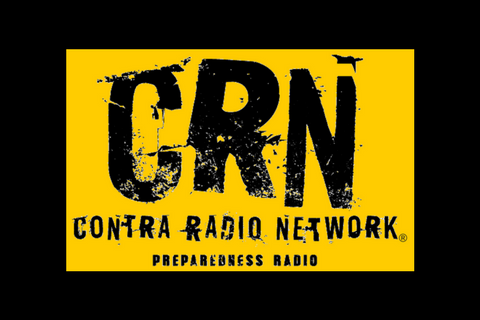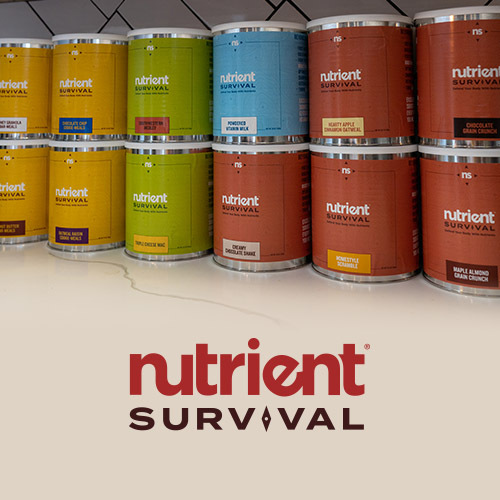Author: James Burnette
Planning for Death – Getting Your Affairs in Order | Episode 361
Death is a difficult topic, but avoiding the conversation can leave your loved ones dealing with unnecessary stress and legal battles. In this episode of the Survivalpunk Podcast, we discuss the importance of getting your affairs in order, lessons learned from personal experience, and how to encourage family members to plan ahead.
"Planning for Death – Getting Your Affairs in Order | Episode 361"
Stockpiling Mistakes That Could Cost You | Episode 360
When it comes to prepping, stockpiling is a crucial element of survival planning. But just having a stash of food and supplies isn’t enough—you need to do it right. In this episode of the Survivalpunk Podcast, we dive into the most common stockpiling mistakes that could leave you in trouble when it matters most. Learn what to avoid, how to store your goods properly, and ensure that your preps will actually sustain you in an emergency.
"Stockpiling Mistakes That Could Cost You | Episode 360."
Spice Up Survival: DIY Seasoning Mixes for Preppers | episode 359
"Spice Up Survival: DIY Seasoning Mixes for Preppers | episode 359."
Prepping on Autopilot | Episode 358
Prepping doesn’t have to be a time-consuming task. With the right systems in place, you can automate your preparedness efforts, ensuring that you and your family are always ready for whatever comes your way. In this episode of the Survivalpunk Podcast, we dive into strategies for putting prepping on autopilot so you can focus on other aspects of life while still staying prepared.
"Prepping on Autopilot | Episode 358"
The Lost Skills of Our Grandparents | Episode 357
"The Lost Skills of Our Grandparents | Episode 357"














Follow Us!